Why did a T-shirt and jeans become the default casual outfit for most people? Discover the surprising origins of casual style today!
Casual clothes have existed since civilization began, but across cultures, the biggest determining factor separating formal and casual garments was the class divide. Even in the heyday of the Golden Age of Style, clothing was expensive, meaning that most people had smaller wardrobes—at least compared to today.
The working class usually wore practical garments made from easy-to-clean materials. Even though certain periods of history saw practically every one of every class wearing garments made from fibers like cotton or linen, these garments were radically different depending on how much money you could spend on them. Expensive and finely woven clothing and undergarments looked brighter and more formal, and cheaper, rough, and unrefined pieces looked more casual.
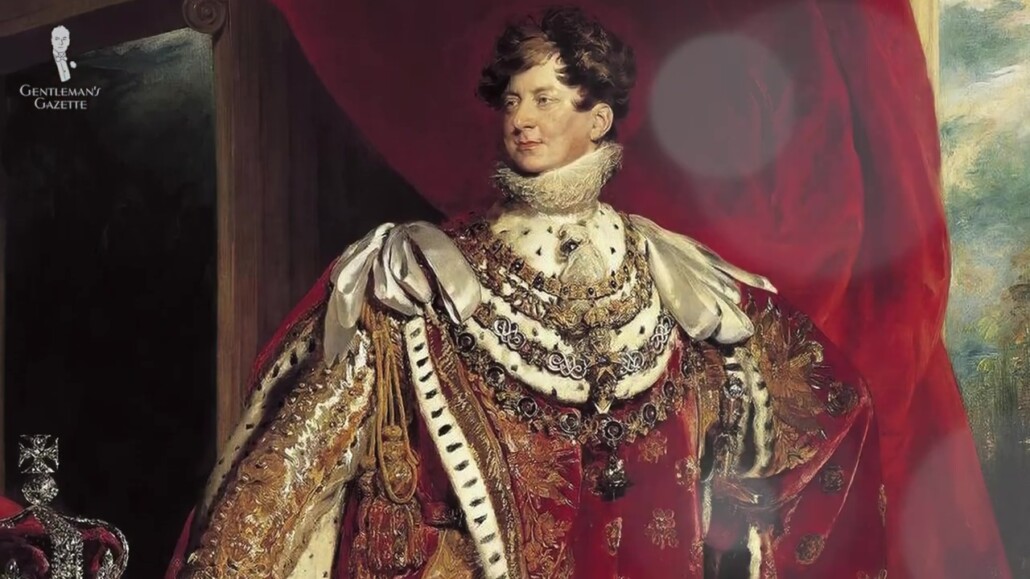
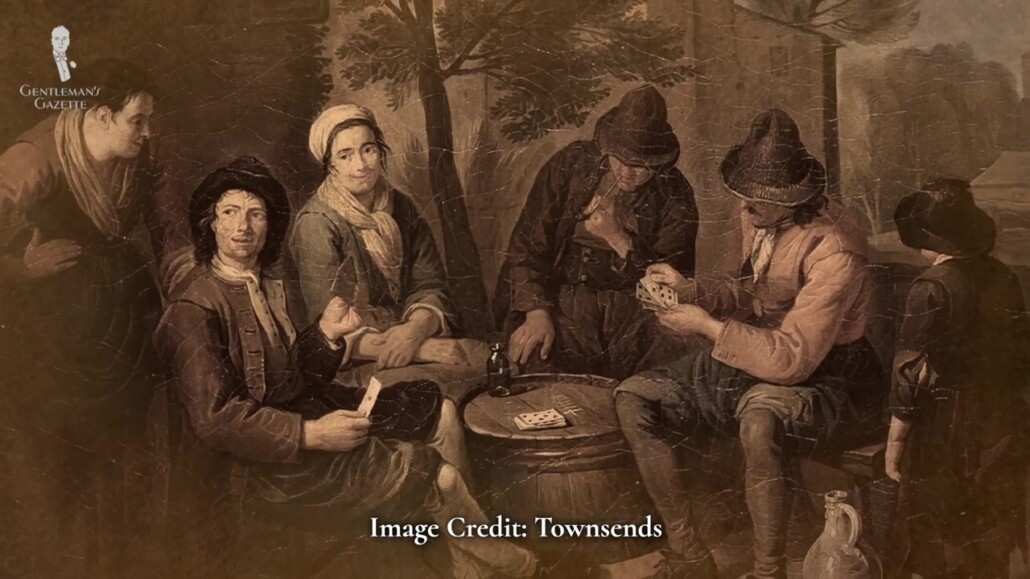
This all started to change radically with the invention of the short-staple cotton gin in 1793 during the Industrial Revolution. Aside from sounding like an awesome cocktail for a style aficionado, the cotton gin helped remove seeds and other imperfections from cotton fibers at a previously unheard-of pace.
So, with the playing field starting to level out in terms of how clothing was manufactured, the seeds were sewn—or would that be separated—for casual style, and they really started to take hold about a century later, from the 1880s to the 1910s, which is where we’ll start our more in-depth overview today.
1880s-1910s
The late Victorian and Edwardian Eras certainly look much more formal than the clothing of the 21st century, but the casual style did exist. It was just in the details. Practical components and solutions were a huge part of clothing during these decades. For example, darker colors and heartier fabrics were in vogue because they would more easily hide a multitude of stains, and heavier fabrics could also better insulate one from the elements.
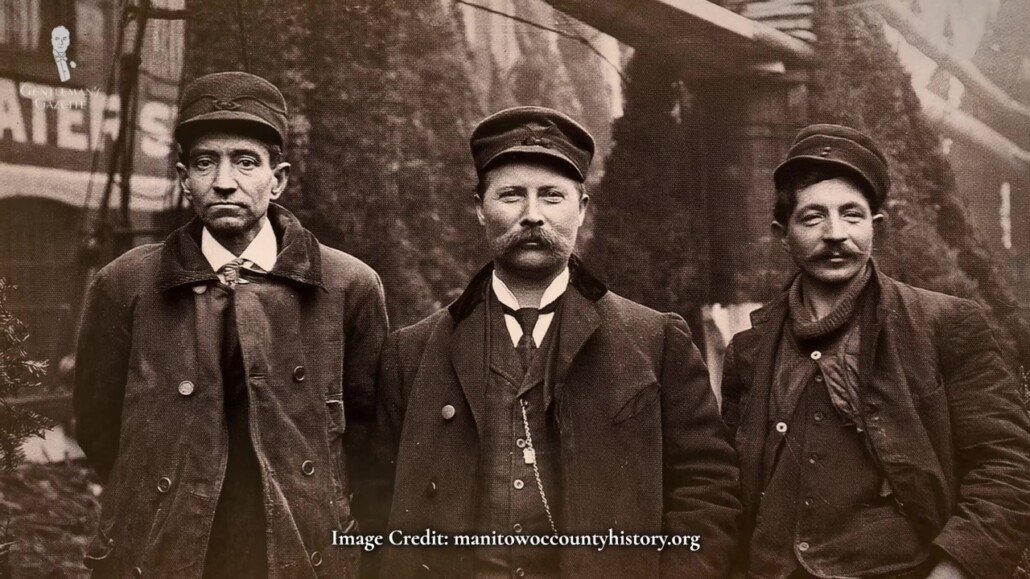
To be sure, these practical concerns manifested more often in the clothing of the working class, but they could also be seen to some degree in the clothing of the upper classes, and comparing the cuts and styles of various garments, again, illustrates the clear class divide.
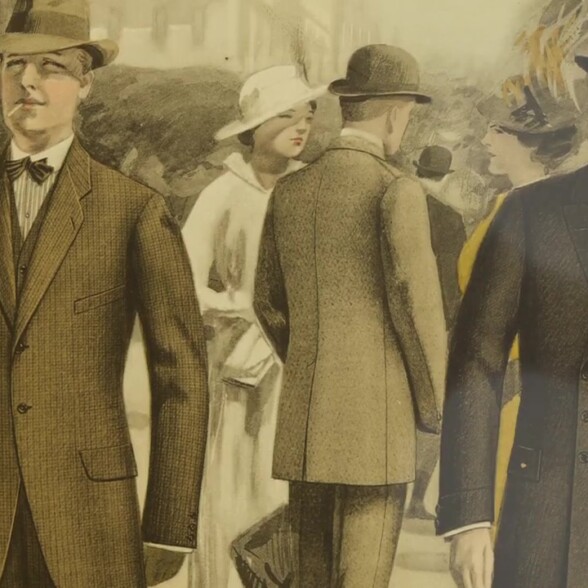
Lounge suits were the
More relaxed dressing option
The biggest change during this time period, compared to clothing of previous decades, was the introduction of the lounge suit. Originally, these suits were designed to be the throw-it-on option that avoided the fuss and frills of more regimented dress codes like Morning Wear. What’s plain to see is how well-loved the lounge suit was as it gave people the ability to dress more comfortably—at least comfortably for the era, in what was essentially the Edwardian equivalent of the tracksuit.
Becoming the blueprint for the suit that we all recognize today, the introduction of the lounge suit was one of the most significant advances in casual style and menswear as a whole in the last 200 years.
Lounge Suit: Dress Code
1920s
In the 1920s, following World War I, more technical fabrics came on the scene, particularly in workwear. Niche items like leather jackets were used as hardwearing options for more laborious jobs or, again, as protection from the elements. Meanwhile, the iconic Ivy League and Trad Styles were born as young men rebelled against previous cultural norms, doing things like daring to go outside without wearing a hat.
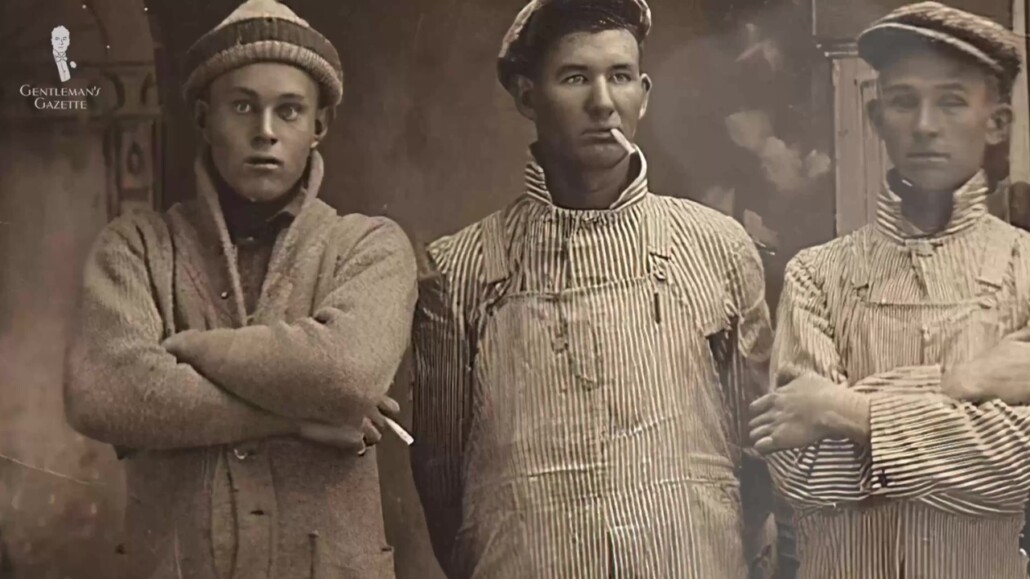
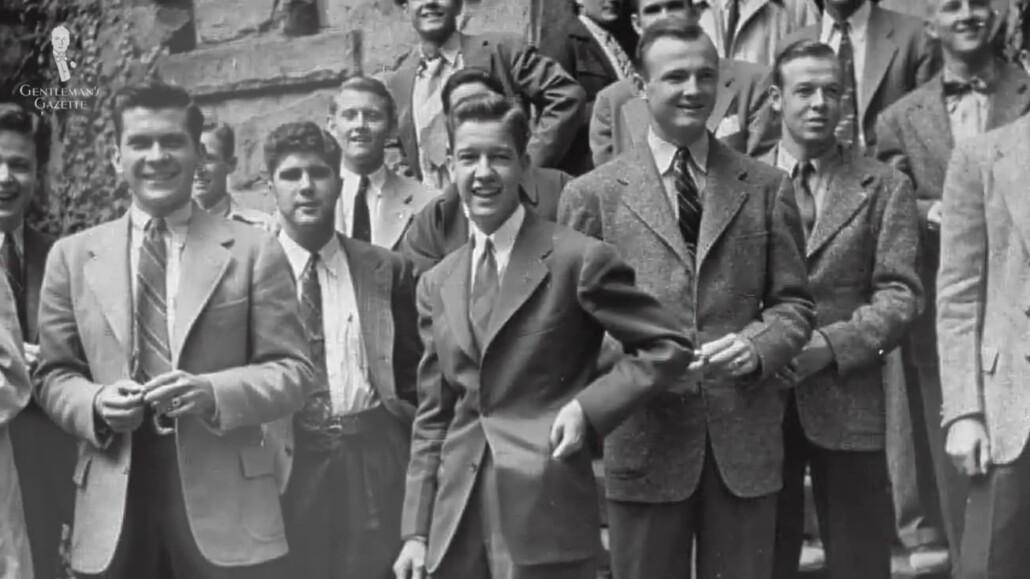
This younger mindset also helped to prioritize a more relaxed cut of the lounge suit, referred to as the “sack suit,” and pride was taken in wearing shawl-collared cardigan sweaters as an alternative to jackets. A rising interest in leisure activities like golf, tennis, and cricket, also gave rise to other casual garments like polo shirts, tennis sweaters, and spectator shoes; and rugged outdoorsmen like Ernest Hemingway were noted for dressing practically for their pursuits, perhaps kickstarting the trend of fashion being dictated by celebrity influencers.
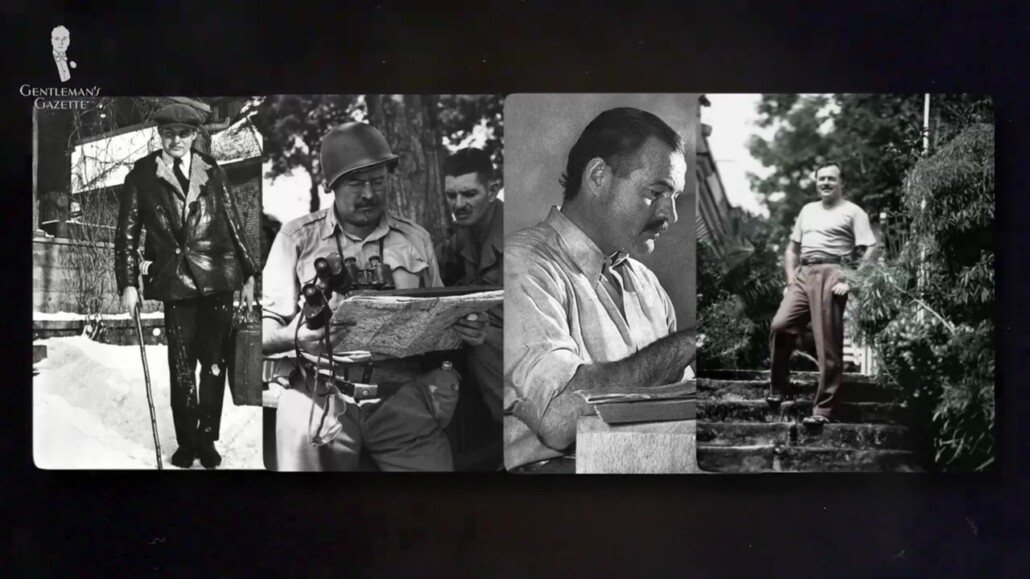
1930s
During the Great Depression in the 1930s, many men simply couldn’t afford to replace their clothing very often. While suits were still extremely commonplace, workwear items—like denim overalls—were also commonly seen.
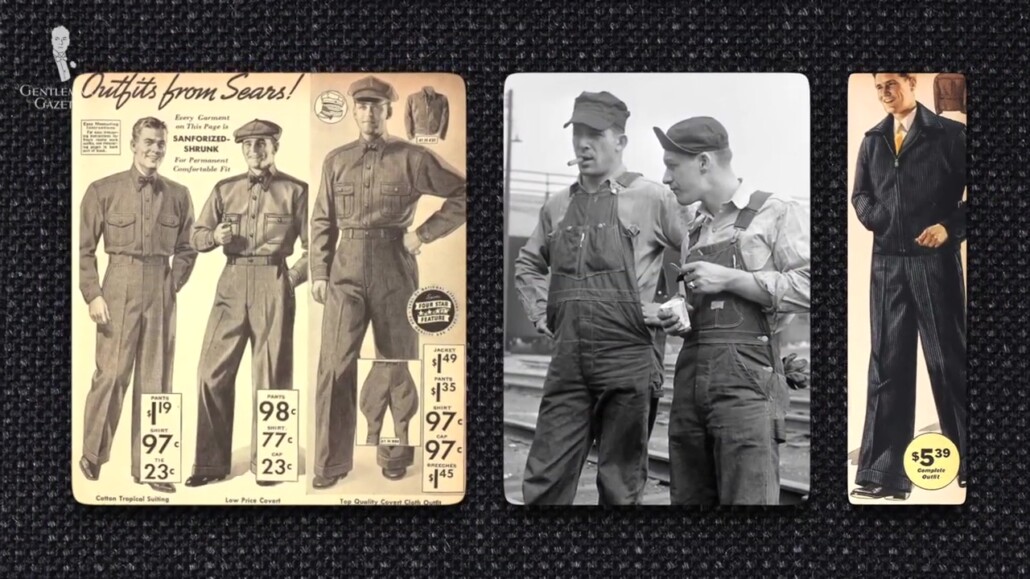
There was also an increasing willingness to wear garments of mixed formality levels, which had previously been much rarer. For instance, think of wearing a leather jacket or denim jacket with suit trousers. Softer hats like fedoras and flat caps also took prominence over now-formal styles like bowlers or Homburgs, in part because they were easier to maintain and travel with.
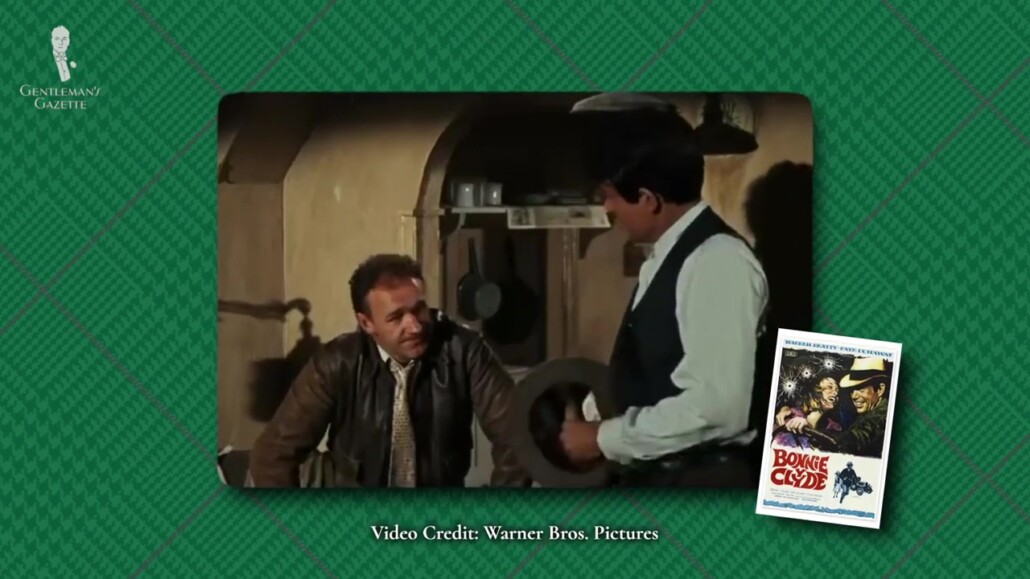
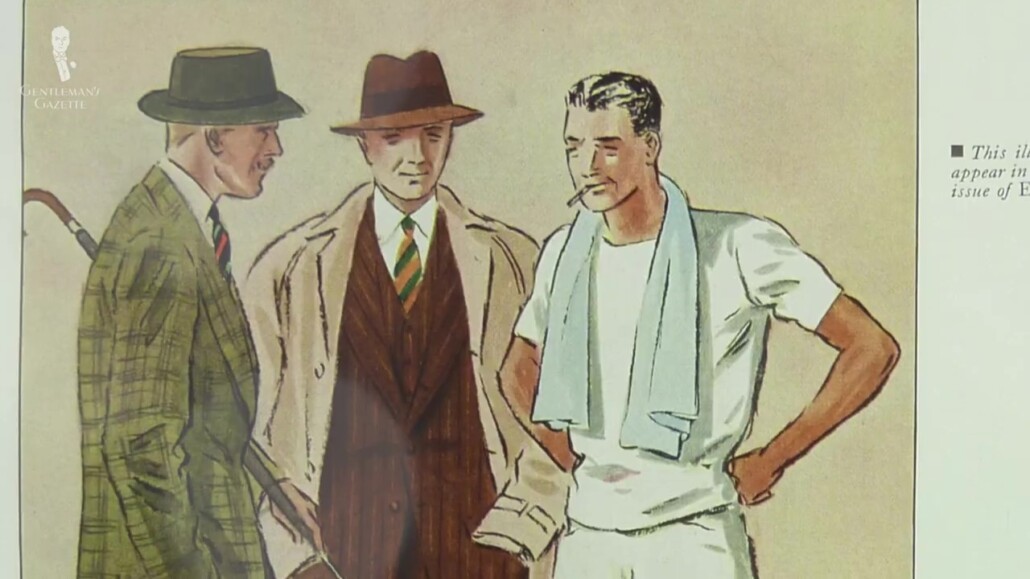
1940s
In the 1940s, cloth rationing in relation to World War II also had a major impact on style. Dress shirts were now seen as acceptable when worn unlayered, as constantly being covered in expensive suits would have been seen as unpatriotic.
What did men REALLY wear in the 1940s?
Rationing also led to a sharp decline in three-piece suit styles, with the more casual two-piece suit becoming more common, and a mixture of surplus garments and returning soldiers meant that military style jackets became more common in civilian wear following the war; and with the accelerated manufacturing that came with the war effort, this also included the ability to manufacture clothing more quickly and more cheaply.
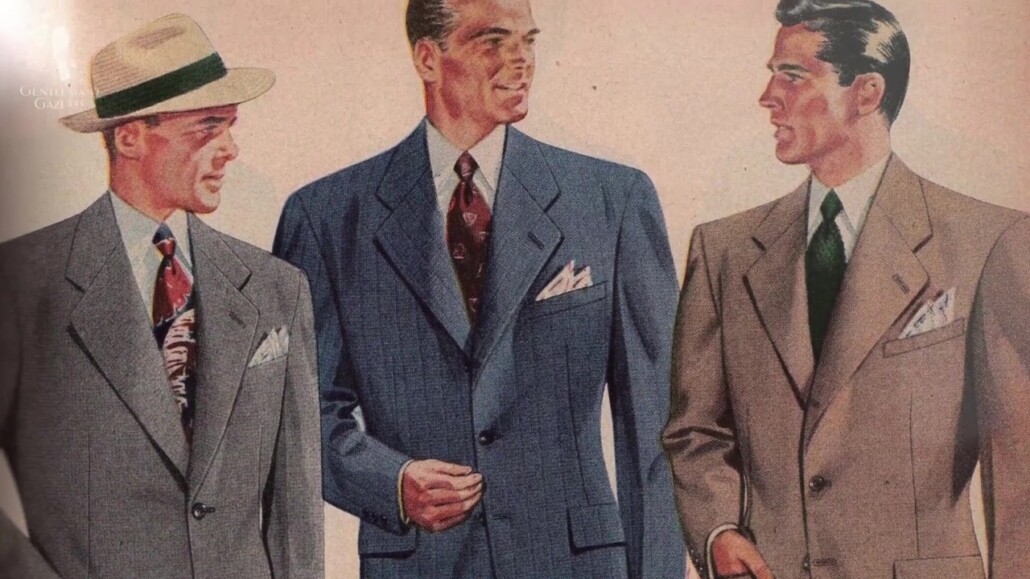
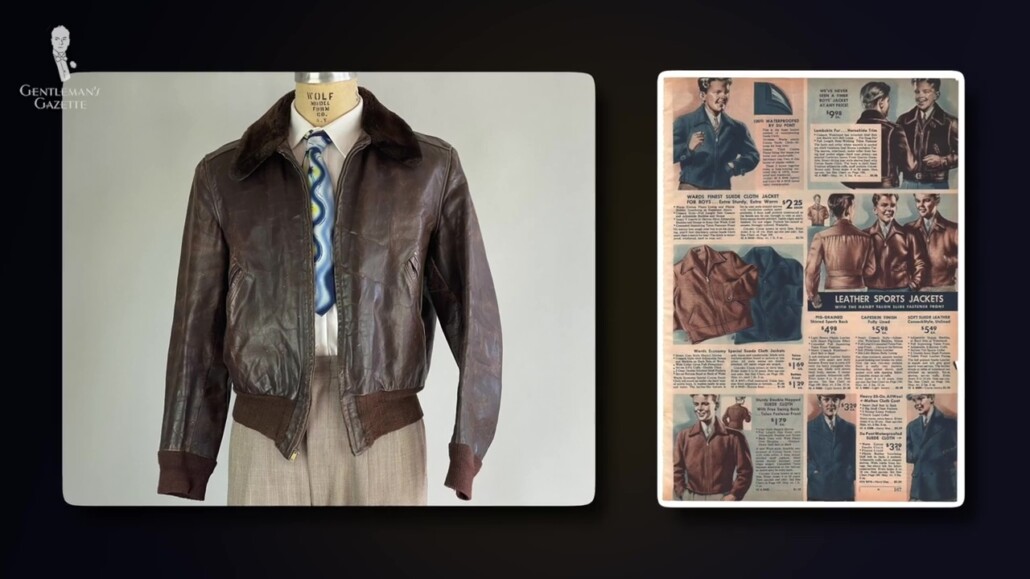
Arguably, the biggest post-war influence, though, was the rise of the undershirt as a garment on its own. This would lay the groundwork for the T-shirt to no longer just be seen as underwear.
1950s
Following the war and the relaxation of rationing in the 1950s, people were aching to try out new styles. After all, they had just spent the last decade pretty much wearing the same old clothes. While many people were content to slowly evolve their style, the various countercultural youth movements came to the fore in the 1950s.
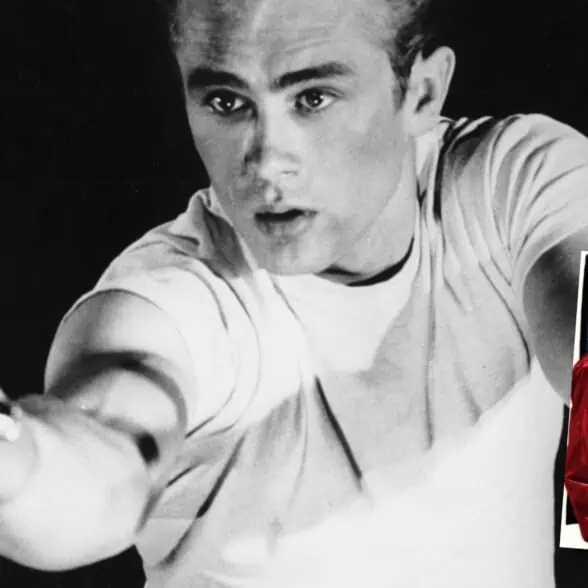
subcultures & Hollywood stars
Popularized casually cool menswear styles
Subcultures like Greasers, Teddy Boys, and Beatnicks all developed alternatives to the suit and tie uniform they had seen their parents’ generation wear, and this was further amplified by young stars of the time like Elvis Presley, Marlon Brando, and James Dean.
At the end of the decade, with Hawaii officially becoming a US state, this kickstarted the trend of Aloha Friday or Casual Friday, where Hawaiian shirts were worn in previously formal offices.
![Printed Shirts A 1951 Whitmont Hawaiian Shirts ad [Image Credit: Vintage Dancer]](https://www.gentlemansgazette.com/wp-content/uploads/2022/06/printed-shirts-1030x579.jpg)
As clothing manufacturing continued to advance, synthetic fibers like rayon were marketed as a cheaper alternative to natural fibers. This, of course, would lead to the jacket fusing and polyester that we see so often today.
True 1950s Menswear
1960s
The counterculture movement would truly explode in the mid-1960s, though. Celebrities like The Beatles, the Rolling Stones, and Jimi Hendrix all promoted a more casual, egalitarian philosophy of dressing. Mod fashions seemed incongruous with traditional items like stingy-brimmed fedoras, leading many to abandon hats entirely.
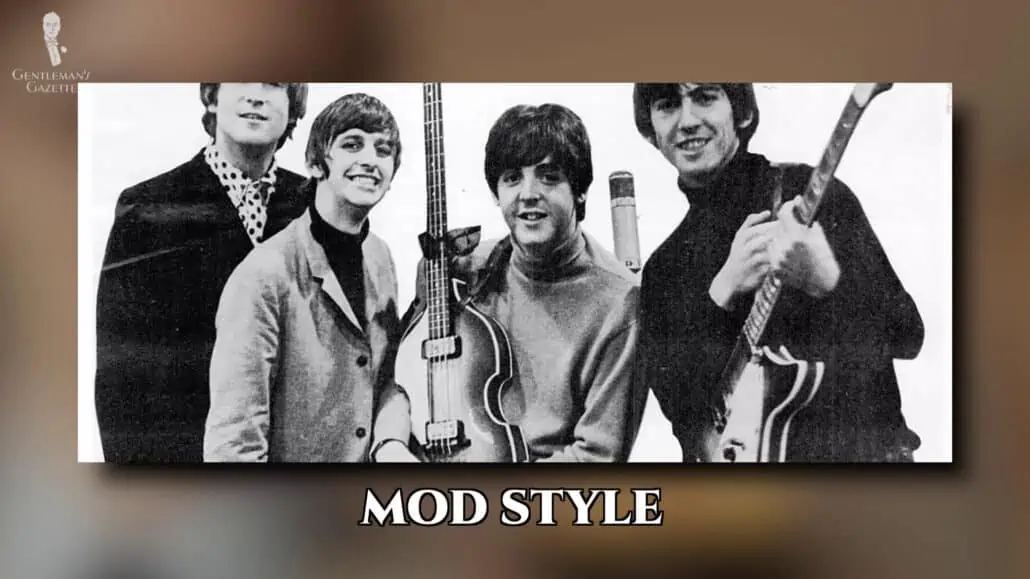
The rise in shopping mall culture also spurred a fundamental shift in how people purchased their clothes. Essentially, you no longer had to wait for your clothes to be made by a tailor when they were available to be worn off-the-rack from a store.
While the countercultural movements of the ’60s are sometimes said to be the end of classic style, this isn’t entirely the case. After all, this was the decade that saw James Bond’s big-screen debut, and a certain Mr. Steve McQueen was pretty prolific as well. Both of these guys could pull off casual classic style pretty well, in our opinion.
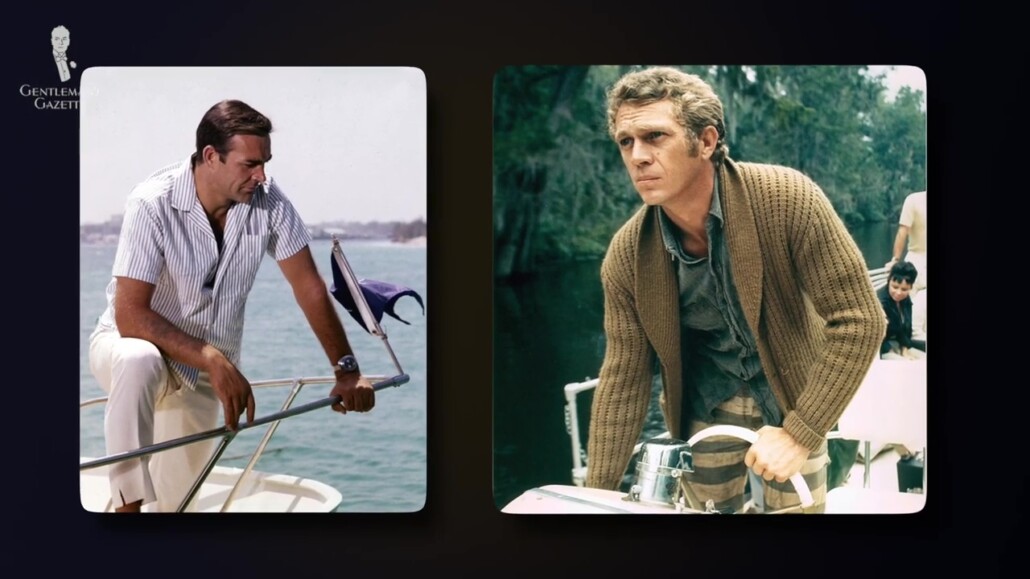
1970s
If the 1950s and ’60s were about style experimentation, then the 1970s pushed things into overdrive. It could be argued that the whole decade seemed casual—at least in comparison to where we started today—but formal and casual are relative terms. So, while bell bottoms and bold plaid patterns can seem costume-y today, there were still more formal garments that casual wear could be worn in response to.
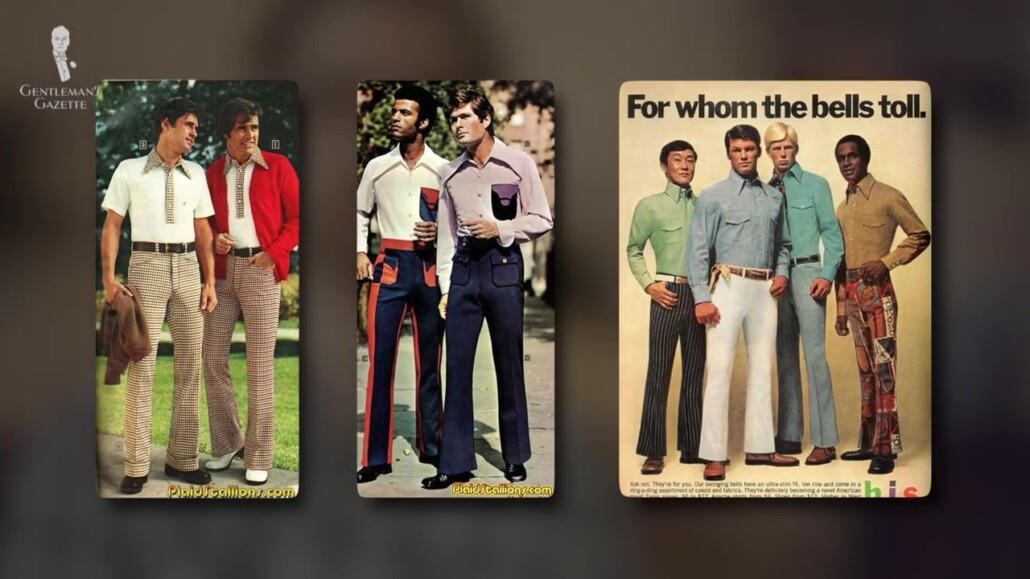
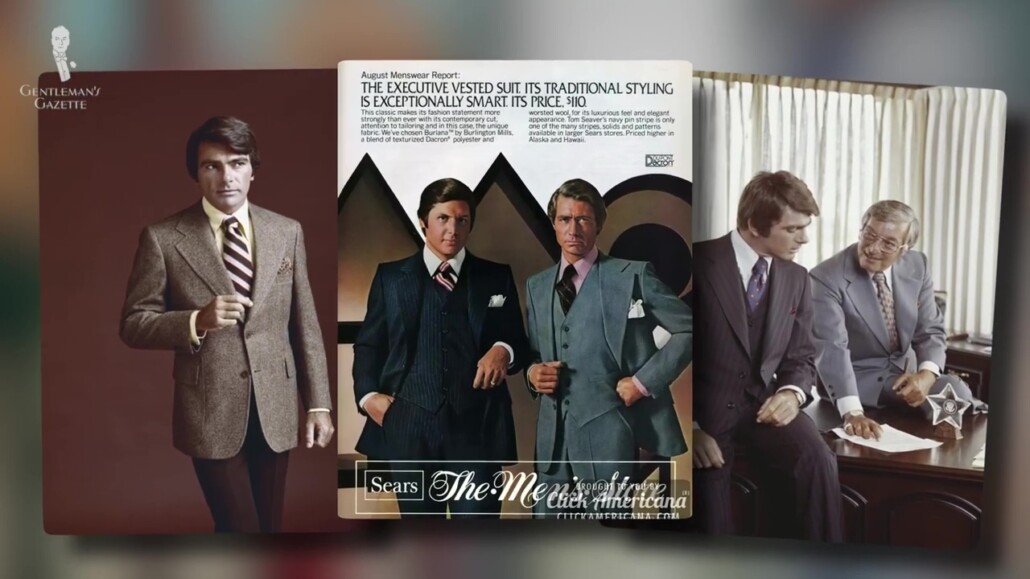
Cheaper construction methods and fabrics—and in particular, a heavy emphasis on synthetics—also meant that people could change their wardrobes more frequently. This led to higher profits for fashion houses, and this is the decade where we saw the rise of many of the fashion brands we’re familiar with today.
1980s
While the 1970s established a clear divide between formal and casual styles, it was the 1980s that made them polar opposites. As exemplified by stories set in the 1980s like Wall Street or American Psycho, the power of traditional tailoring returned with a vengeance in the 1980s, and casual style matched this power by going in a completely different direction.
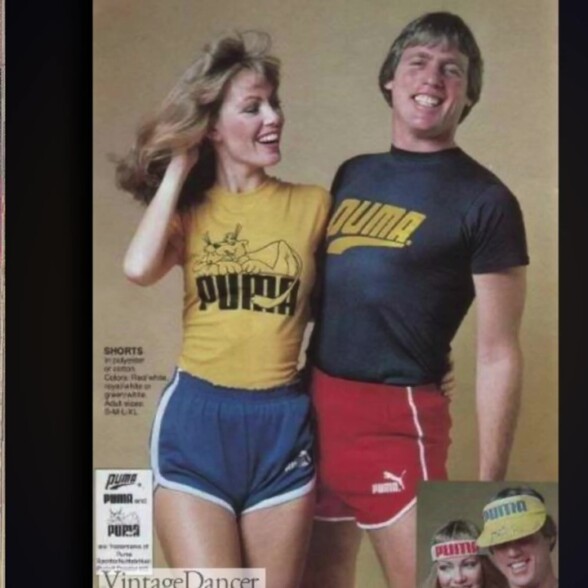
casual styles were worn for
Fitness pursuits
With personal fitness booming as a craze, the prototypical athleisure first came to form with some less-than-stellar results. Brands like Adidas, Converse, and later, Nike would capitalize on this growing obsession, and the rising streetwear style was embraced by hip-hop artists like Run DMC, The Beastie Boys, and LL Cool J.
Materialism in all corners meant that consumers soon wanted even more clothes for even lower prices, and given that casual clothes were, on average, less expensive to make, they fit the bill perfectly.
Even more formal items like sports coats and blazers were now increasingly being mixed with T-shirts for a trendy, cool aesthetic. Ironically, this placed tailoring in both the formal and casual camps at the same time.
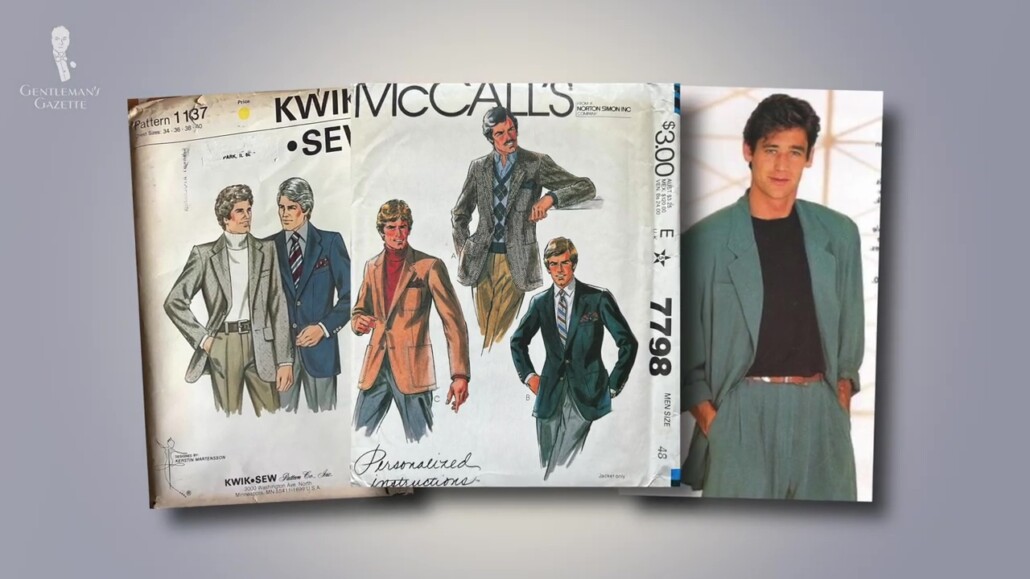
Overall, the 1980s fully embraced the “more is more” philosophy, and casual style was no exception.
1990s
The 1990s would showcase a continuation of how people experimented with their casual clothing. For example, oversized clothing was somewhat popular in the 1980s, but the 90s took it even further.
Oversized flannel shirts, giant frayed jeans, and saggy, baggy cargo pants were everywhere. The hip-hop and grunge music scenes also played a defining role in what was cool—with the Notorious BIG, Tupac, and Nirvana popularizing the rough-around-the-edges look.
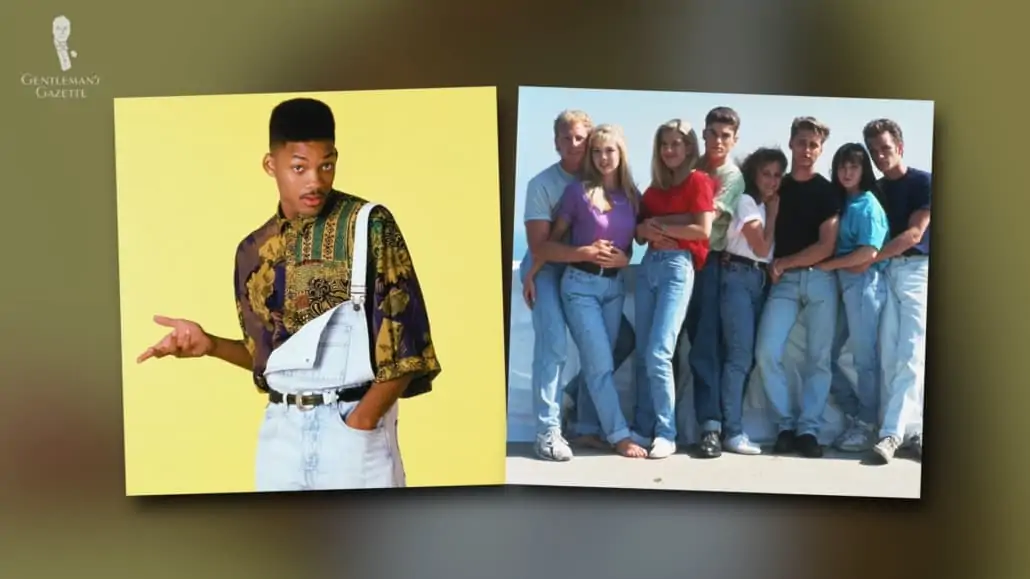
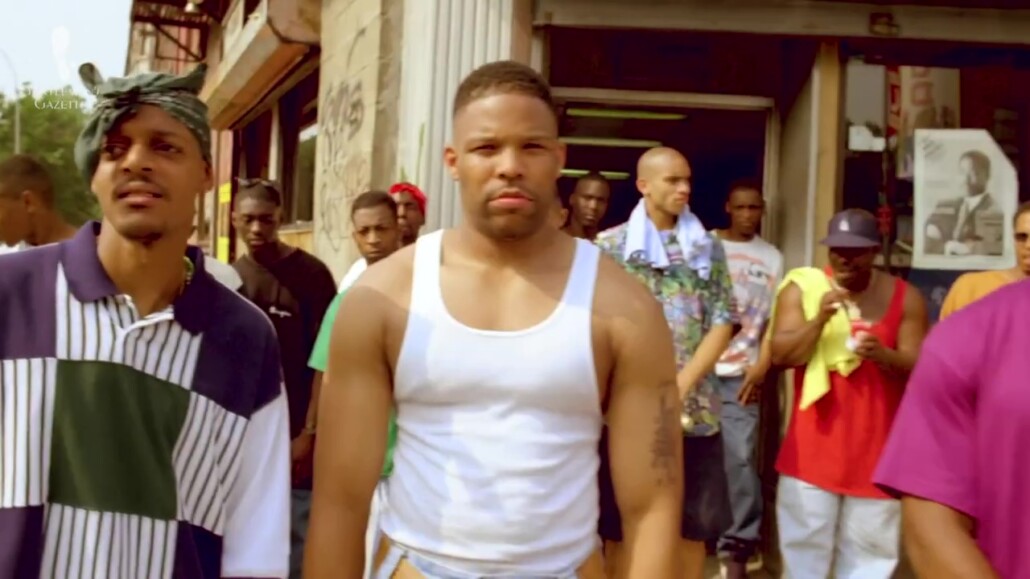
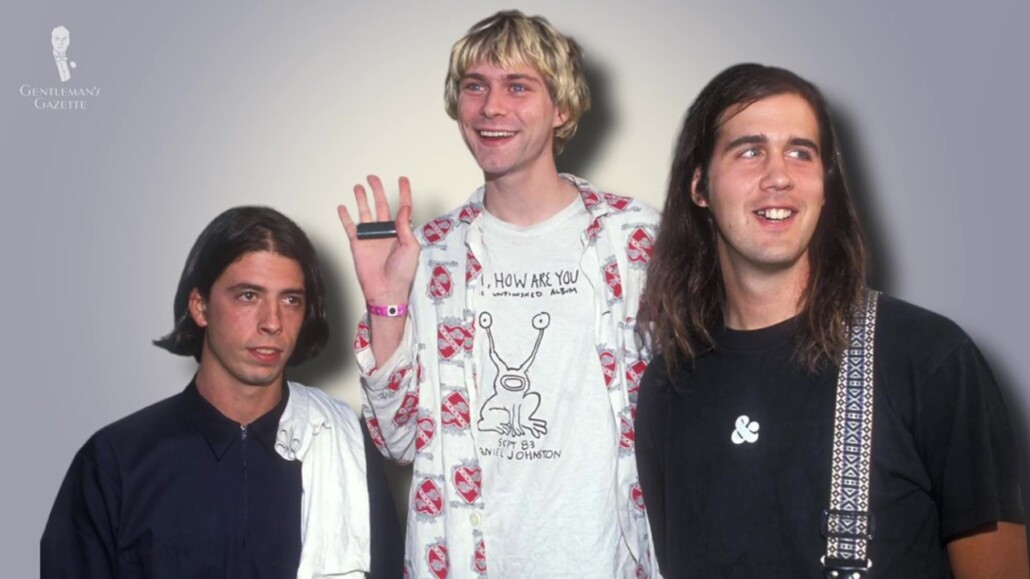
Popular TV shows like “Seinfeld” and “Friends” also had their characters adopt a more moderate version of these casual aesthetics, further cementing their popularity. Even the more formal cast of “Frasier” would join in on occasion.
2000s to Now
To wrap up, let’s briefly survey the 21st century, from the 2000s to the 2020s. After we’ve Illustrated how casual style has slowly and steadily come to prominence over the last 150 years or so, it’s no surprise that casual is king in the 21st century.
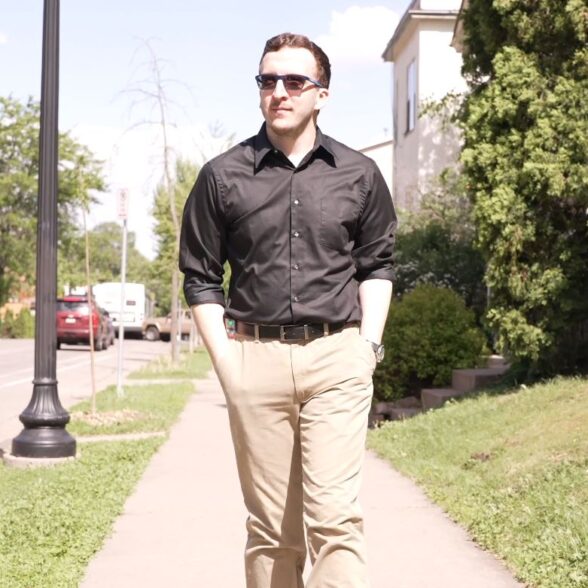
in the 20th century
Casual is King
Comfort dictated how men dressed.
Garments like T-shirts, jeans, sweatpants, and hoodies are often preferred choices for the average person, and a more modern version of athleisure is even starting to be seen as a marker of status and luxury for some. After all, comfort or “perceived comfort” is now the ruling factor for how many of us dress.
Meanwhile, other subgroups like hype-beast culture have added their own unique flare to streetwear, and perhaps even the rising interests in fantasy sci-fi and superhero media have fed the desire for a more technical aesthetic in streetwear as well.
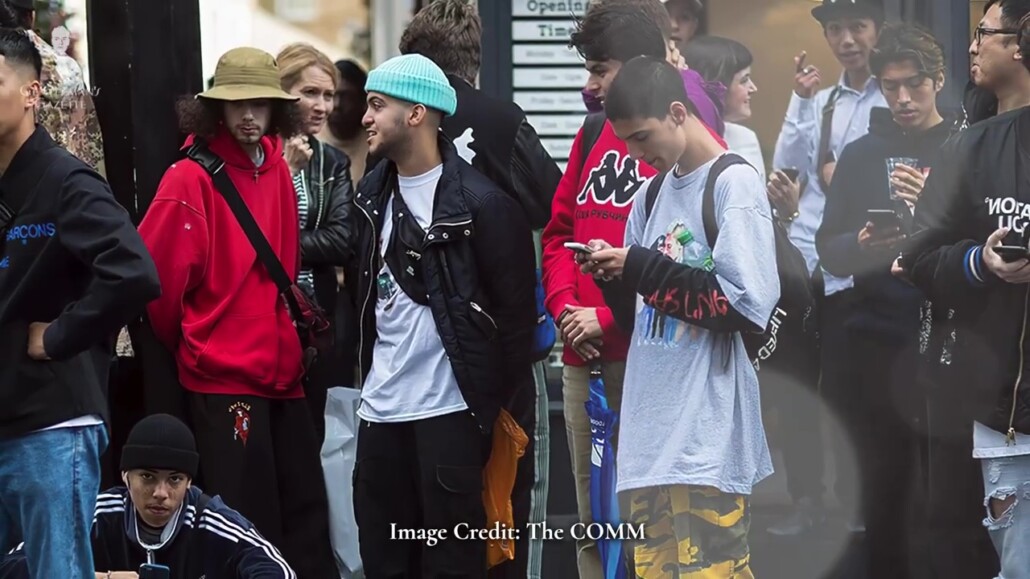
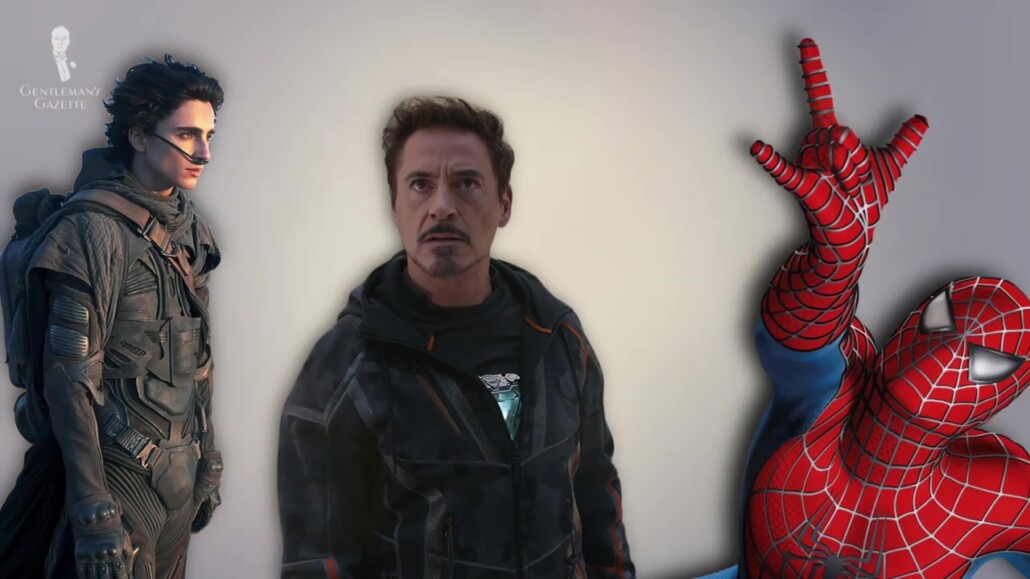
Workwear has also evolved dramatically with the influence of the Silicon Valley ethos—with business casual being the most formal dress code many people see today.
Is Casual Style the Future?
With all this being said, though, there is still an interest in both historical and modern formal dress. Whether it’s the hipsters of the 2010s mixing casual and vintage aesthetics together, or fans of shows like Peaky Blinders, Boardwalk Empire, or Mad Men emulating period looks. So, there’s no denying that casual style is here to stay, and even a classic style business like the Gentleman’s Gazette knows there’s no use complaining about it.
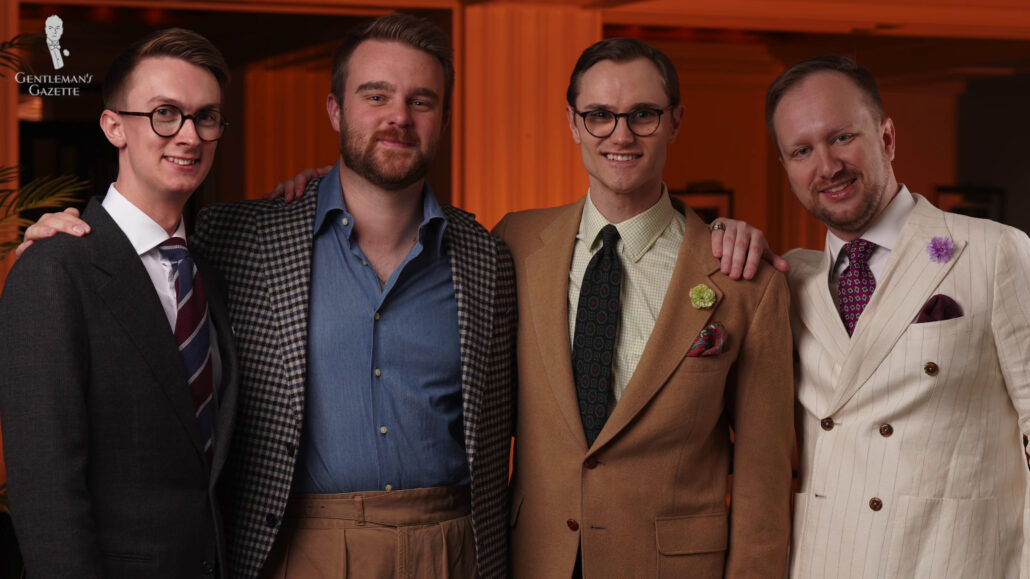
As we’ve shown, casual style has a rich historical pedigree, and there are great ways to incorporate some of its features into more classic aesthetics. With the democratization and diversity of clothing options available today, there’s no better time to embrace whichever subculture of clothing most resonates with you.
What do you think of casual style overall? How do you incorporate it into your wardrobe? And which period of historical casual style is your favorite? Let us know in the comments below.
Outfit Rundown
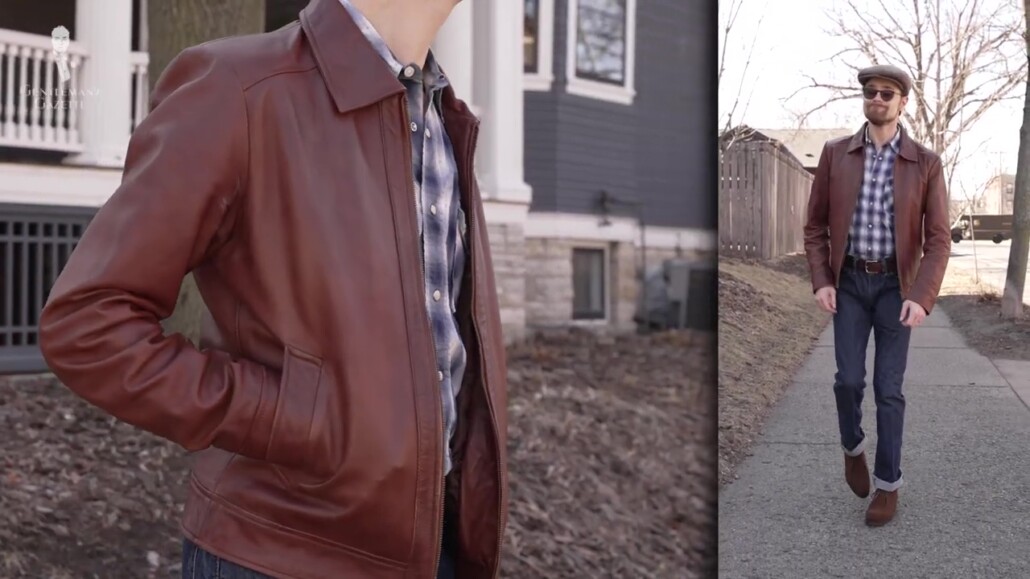
Today, I am, of course, wearing a more casual outfit inspired to some degree by the casual trends of the first half of the 20th century. My shirt features a check pattern in various tones of blue, gray, and off-white. It’s overall in a Western style with pearlescent snap buttons and additional stitching in some areas.
I’ve paired this with dark-wash, straight-cut denim blue jeans, a plain brown leather belt, and medium brown suede chukka boots from the brand Idrese.
My socks aren’t particularly meant to be seen, so I’ve gone with some simple, navy blue models, and in the outdoor footage you’re seeing, I’ve chosen to layer a leather jacket in medium brown and a flat cap also in a brown check pattern in tweed.
I figured a fragrance that was both casual and classically masculine would be a good choice today, so I’ve simply gone for Old Spice. And while I don’t happen to be wearing any Fort Belvedere accessories today, you can find a wide array of both formal and casual styles—as well as corduroy trousers and fragrances from the Roberto Ugolini collection—by taking a look at the Fort Belvedere shop.
FAQ
Why do Americans dress so casually?
Americans have historically always dressed more casually than the rest of the modern world. From sack suits to leisure-focused athletic wear, it’s always been in line with the egalitarian views the country was founded on.
Where did the casual style originate?
Casual style has existed since civilization began, but we first started to see it in a modern context in the 1910s, and it fully came to fruition in the 1960s.
What is the point of smart casual?
Smart casual means that the wearer should appear relaxed & comfortable with their dress without appearing sloppy or not put together
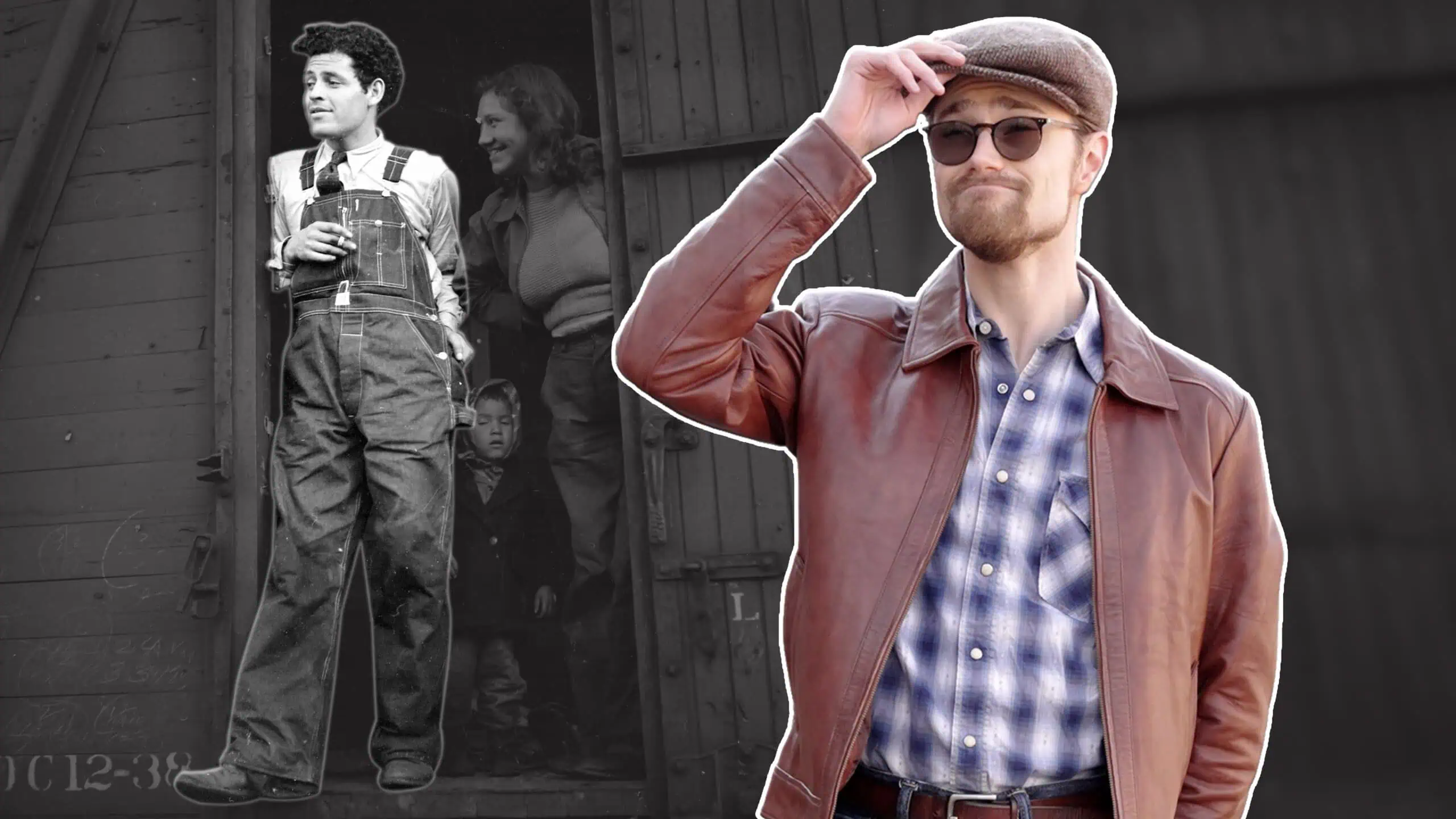
FYI: The photo of the three men under the 1880’s-1910’s is of Herman Schueneman (ctr) Captain of the Schooner Rouse Simmons (The Christmas Tree Ship) and two of this mates.
I must admit I will never be seen as a dandy due to my love of casual clothing. However, I will not be accused of being dressed inappropriately either. Casual clothing has it’s own iconic status in classic menswear, but as with any sartorial consideration, care must be given to see that the outfit is representative of where and when it is worn, as well as with the respect and formality of the occasion. Casual clothes should not be the default wardrobe for every event in life. I prefer to be overdressed as opposed to being underdressed, but with today’s fashion trends, I am usually over dressed.